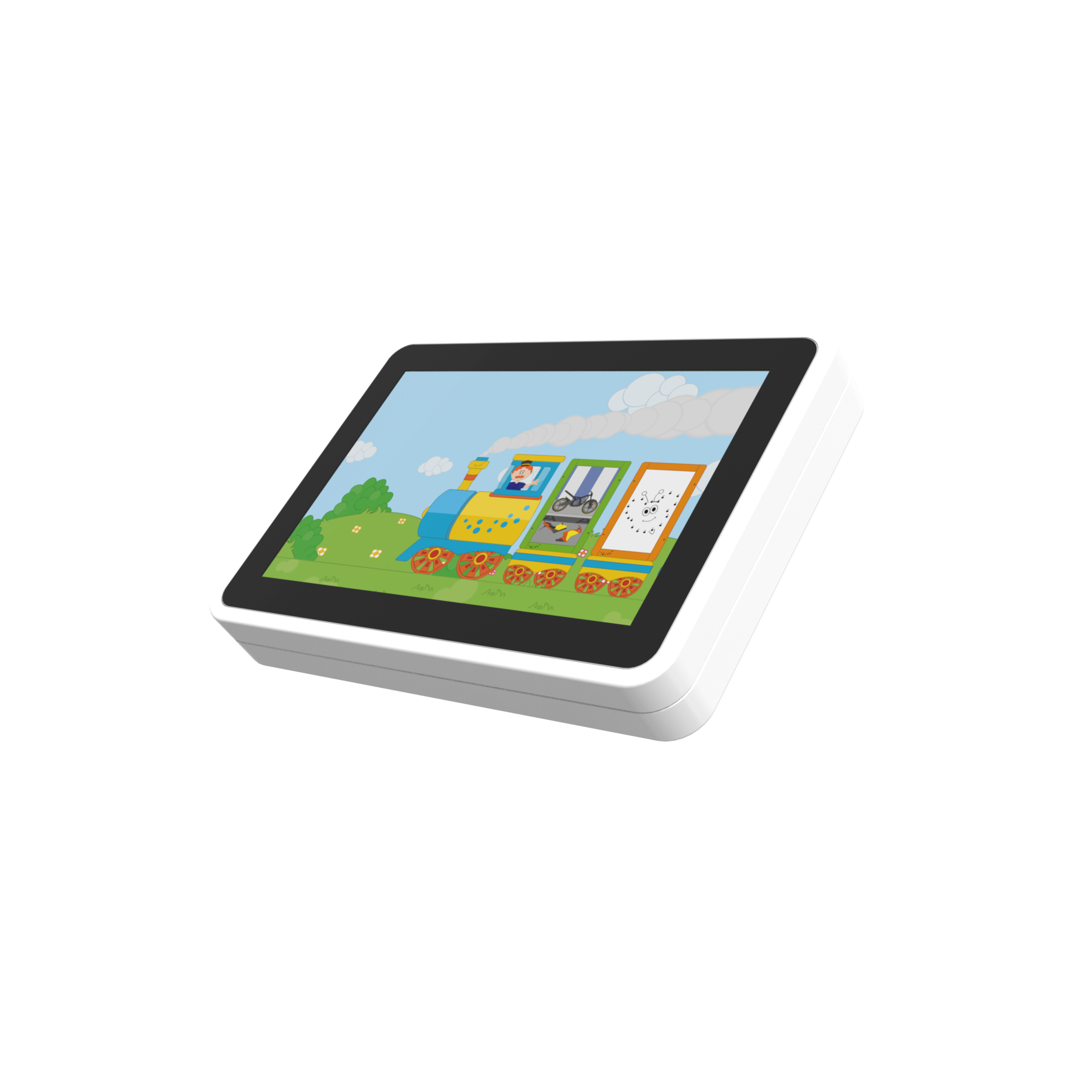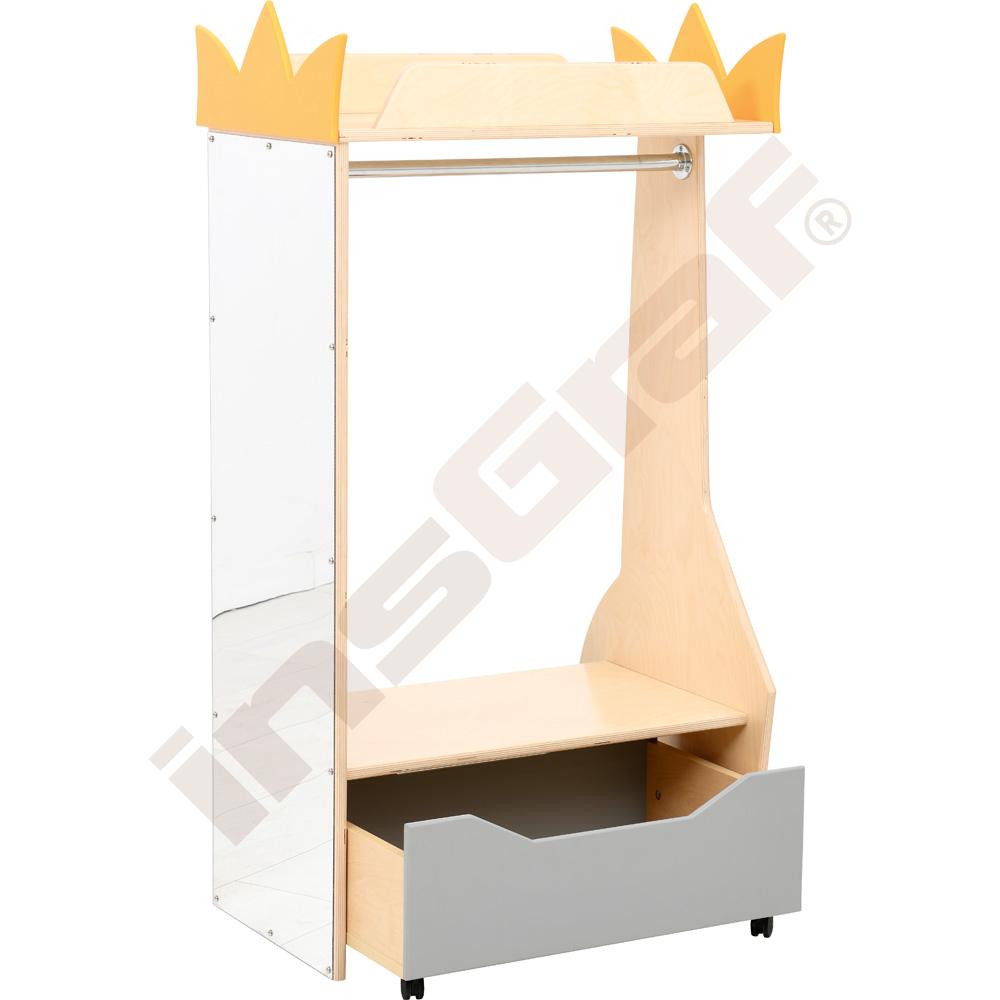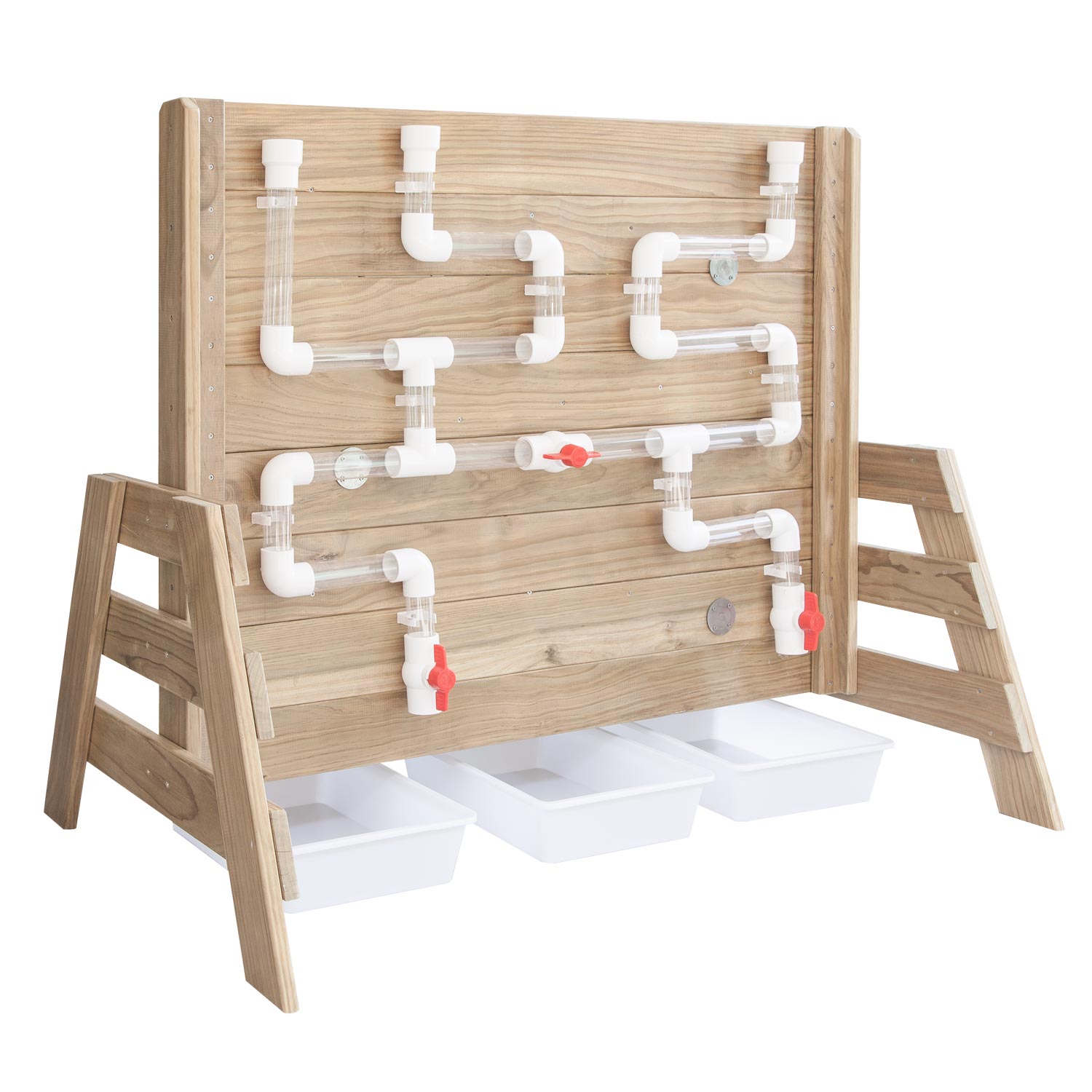
Motorikwand Kinder Spielzeug Spielwand in Berlin - Neukölln | Weitere Spielzeug günstig kaufen, gebraucht oder neu | eBay Kleinanzeigen ist jetzt Kleinanzeigen

Das alte Dorf Olympos,Dodekanes-Inseln,Griechenland,Europa-Puzzle für Erwachsene 1000 Stück Holz Puzzles für Familien-Spiel-Sammlung Pädagogisches Spiel Wand Kunst Schlafzimmer-Dekor-Artwork Collecti : Amazon.de: Spielzeug

Leuchtturm, Glühen, Abend, Wolken, Sonnenuntergang, Ozean, Meer Jigsaw Puzzles für Erwachsene 1000 Stück Holz Puzzles für Familien-Spiel-Sammlung Pädagogisches Spiel Wand Kunst Schlafzimmer-Dekor-Art : Amazon.de: Spielzeug

Werkzeug für Kleinkinder (Holz und Kunststoff) in Niedersachsen - Stuhr | Holzspielzeug günstig kaufen, gebraucht oder neu | eBay Kleinanzeigen ist jetzt Kleinanzeigen

Motorikwand Kinder Spielzeug Spielwand in Berlin - Neukölln | Weitere Spielzeug günstig kaufen, gebraucht oder neu | eBay Kleinanzeigen ist jetzt Kleinanzeigen



















